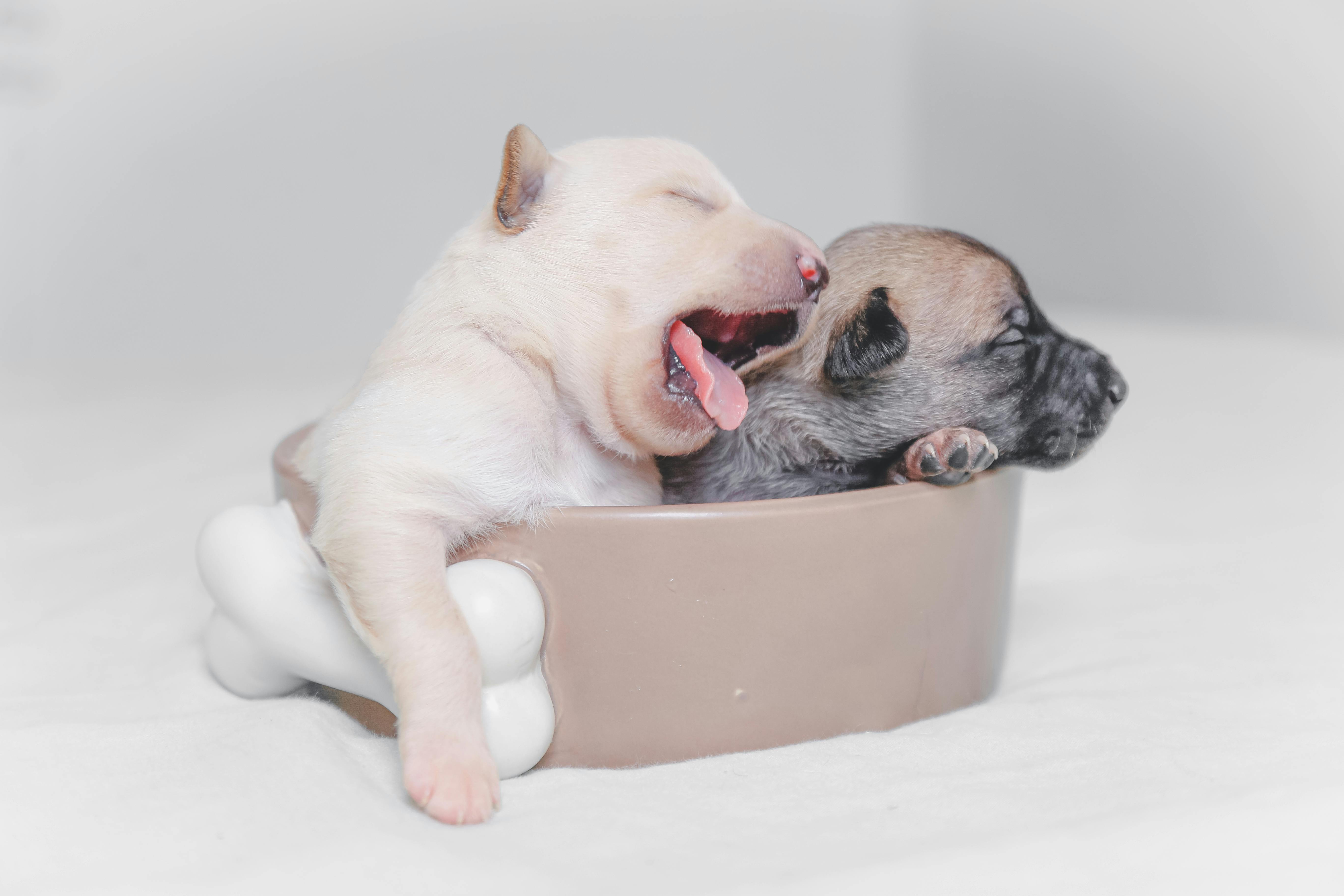
Have you ever wondered what your cat is trying to tell you?
Website design By BotEap.comAny cat lover knows that the theory that cats are antisocial is wrong. We tend to assume this due to their strong sense of independence and mostly calm nature, but cats have a whole repertoire of ways to communicate, often using subtle body language to express themselves. Every cat is slightly different, but if you can translate these signals, you’re one step closer to understanding what your cat is saying.
Website design By BotEap.compurring
Website design By BotEap.comOk, so you might think that figuring out this aspect of cat communication is a no-brainer, however, things are not as simple as they seem. Cats not only purr when they are happy, relaxed, and content, but they often use their purrs to indicate that they want something. Scientific studies have shown that cats purr at their owners when they want to eat, and some cats purr when they feel threatened, as a form of self-comfort or possibly as an attempt to try to “befriend” their “enemy”, for example. . a vet or groomer.
Website design By BotEap.comAnother interesting fact is that scientists have never tested how cats purr. There are various theories as to which parts of the throat make the noise, but so far no one has conclusively figured out how the mechanism works.
Website design By BotEap.comthe headbutt
Website design By BotEap.comCats often press the top of their heads against someone they feel close to as a sign of affection. This action is slightly different from rubbing his face against the owner, which is a way of marking his scent and is a more territorial gesture although it still indicates affection.
Website design By BotEap.comThe kick of the paw
Website design By BotEap.comCats hit their owners to show disgust. This is often done if someone stops paying attention to them or takes away their food. If the cat is feeling a little neglected, this gesture can be similar to a human trying to touch someone to get her attention. Although, unfortunately, it is possible to get caught by a particularly sharp claw, cats will generally perform this strike with their claws inward. A sharp strike with outstretched claws is a much more aggressive action and cats will normally only do this if threatened. All other instances of striking humans or other animals with outstretched claws is bad behavior and should be actively discouraged.
Website design By BotEap.comKneading
Website design By BotEap.comCats sometimes spend several minutes pawing and kneading on their bed or their owner’s lap before bedtime. Cats learn this action from birth, as they knead their mother’s nipples to stimulate the flow of mother’s milk when they are hungry. The behavior then becomes a form of relaxation that translates into a strong feeling of happiness and contentment.
Website design By BotEap.comtail wagging
Website design By BotEap.comYour cat talks a lot with its tail. Held high and upright, his cat is confident and energetic. If he sweeps you slowly in wide arcs, this shows that he is not happy with something or someone nearby, and can be seen as a warning. Smaller, jerky movements can often be seen when your cat is hunting or playing and are often a sign that he is about to pounce. The smallest movement of the tip of its tail is said to signify stress or discomfort.
Website design By BotEap.commeowing
Website design By BotEap.comSome cats are more vocal than others. While one cat can rarely make a sound, others chatter almost constantly. Cats also have different types of meows with different meanings. If you listen carefully, you may come to recognize meows designed to ask for food, to call other people or animals, to be allowed in or out, or to signify happiness.
Website design By BotEap.comRubbing against your legacy
Website design By BotEap.comWhile having your cat walk in a figure eight between your legs can be frustrating while you’re trying to walk, this is your cat’s way of expressing her affection for you and claiming you as her own.
Website design By BotEap.commustache position
Website design By BotEap.comDid you know that the position of your cat’s whiskers is a great way to tell what mood he’s in? Whiskers pointing forward and downward indicate that they are feeling playful and curious, while whiskers pointing backwards show a scared cat. If the whiskers are very forward and tilted upwards, it is a sign of aggression.
Website design By BotEap.comOf course, every cat is different, and cats may use other behaviors like blinking, yawning, or paw flapping to express themselves. Take some time to study your cat and it will surely strengthen your bond.